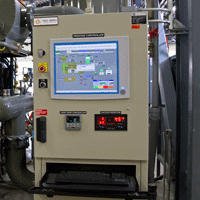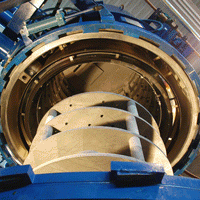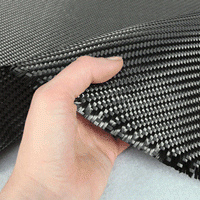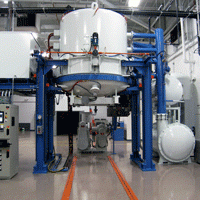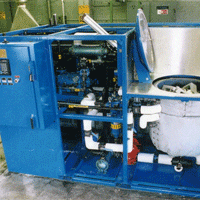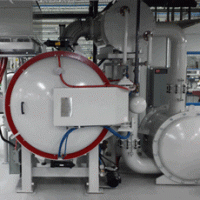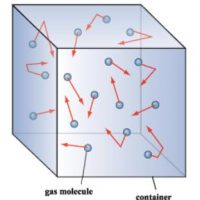The type and reliability of instrumentation and process controls used on vacuum furnaces in the heat treatment industry is critical to both the performance of the vacuum furnace itself as well as the results that are achieved when processing critical components. It is not an understatement to say that given the life expectancy of vacuum equipment, instrumentation and controls should be updated every few years to take advantage of the most advanced technology possible (e.g., remote communication and diagnostics, process monitoring and control by Internet-based devices and the like).
Demands on Instrumentation and Control Packages
Temperature control and as a result temperature uniformity can be difficult because of the heat transfer characteristics of the furnace as it moves, for example, from convection to radiant heating and convective/conductive heat transfer during quenching. For example, the ability to vary the furnace heating rate (e.g., 3°C/min – 25°C/min) demands precise and accurate measurement and control, including setpoint program control with guaranteed soak features.
Vacuum furnaces are often used for a variety of products and processes by the heat treater making recipe management an important function. Temperature overshoot of set points is typically not allowed. Setpoint program control is often applied to the temperature, vacuum level and gas pressure with extensive interaction between these programs and also with the logic control.

